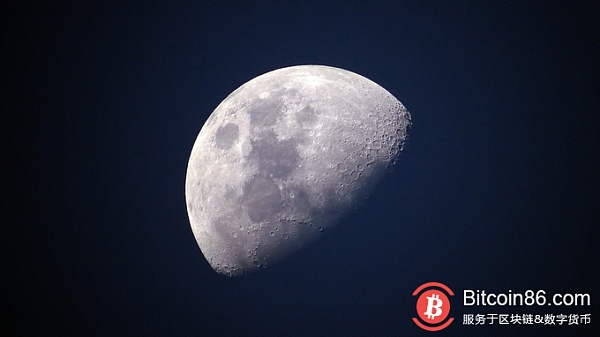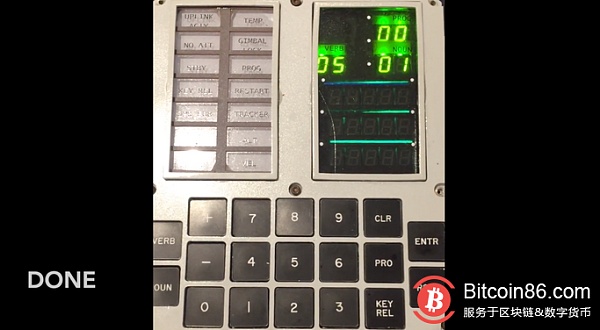The most legendary bitcoin mining machine: once the moon landing hero

Bitcoin mining machine that has been on the moon
Ken Shirriff is a passionate person who comes from the repair of old computer hardware. In his latest project, Shirriff got a guidance computer from the Apollo space mission and then got it working again; in his opinion, this is the only viable example.
This computer is small enough to be installed on a realistic Apollo spacecraft. Most of the computers in Apollo when they landed on the moon ranged in size from large refrigerators to entire rooms.
Of course, once you have such a machine, you should give it something to do. After all, there aren't so many lunar events that can be used to guide the direction.
- Venture capital tycoon Palihapitiya: cryptocurrency is the only and best hedge against traditional finance
- 40% of the altcoin losses exceed 90%, can BTC return to 12000 to drive the market?
- Central bank officials: Libra must be regulated, and RMB convertible can resist erosion
But what does it do? In Shirriff's own words:
“Trying to mine bitcoin on this computer in the 1960s seems to be meaningless and out of date, so I have to let it try.”
Implementing the SHA-256 hash algorithm on this 15-bit (15-bit) machine is difficult, but you may have guessed it. However, Shirriff succeeded.

As you can imagine, this machine is far from the fastest mining machine. A SHA-256 hash takes 5.15 seconds. Since Bitcoin uses a double hash, it is slightly slower than 0.01 hashes per second. At this rate, Shirriff calculated that mining a bitcoin block would take about 1 billion times the age of the universe.
However, this is not the slowest bitcoin mining method he has ever tried. His previous projects included using the old punch card computer system for mining and even manually digging a block.
In contrast, the punch card experiment can calculate a bitcoin hash in 80 seconds, while using a pencil and paper to calculate the hash speed is 0.67 per day.
Obviously, these will not make Shirriff a bitcoin millionaire. But his commitment to protecting the computing technology of the past should obviously be praised.
We only hope that he will stop converting any Apollo-guided computer into mining equipment. Or, Cambridge University's project to calculate real-time bitcoin network energy needs may have to realign its worst-case efficiency scenarios.
Original: https://bitcoinist.com/to-the-moon-is-where-this-bitcoin-mining-rig-went/
Author: EMILIO JANUS
Compile: Kyle
Source: Translation: Babbitt Information (https://www.8btc.com/article/443781)
We will continue to update Blocking; if you have any questions or suggestions, please contact us!
Was this article helpful?
93 out of 132 found this helpful
Related articles
- China began to develop WeChat cryptocurrency?
- Market Analysis: The result of a fierce and multi-air battle will determine the trend of key trends
- Zhou Xiaochuan: Libra predicts that there will be a strong global currency in the future. China should plan ahead.
- IBM Blockchain Vice President: World Wire supports stable currency IBM does not issue assets
- Swiss blueprint: talking about Facebook Libra and decentralization
- The popularity of bitcoin is increasing international liquidity
- IBM Blockchain Vice President: World Wire supports stable currency but IBM does not issue any assets





